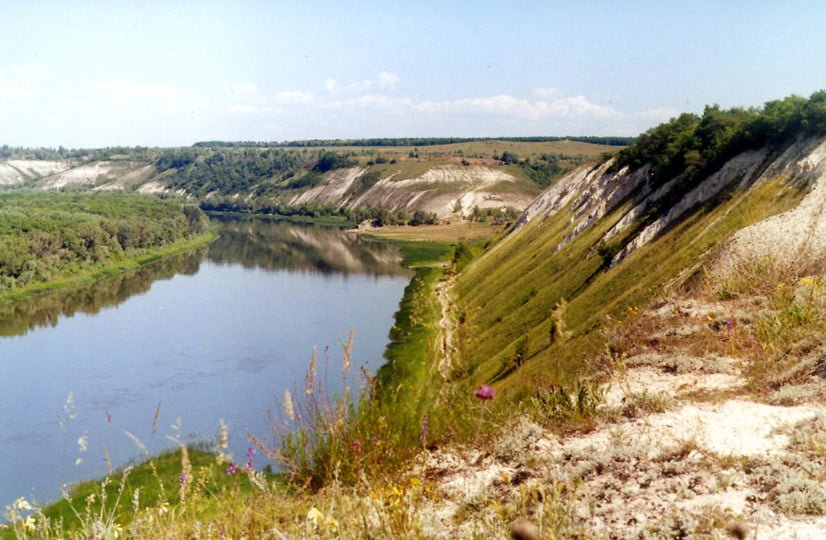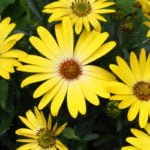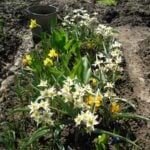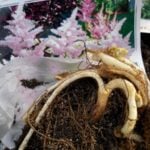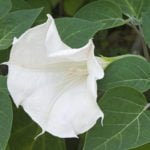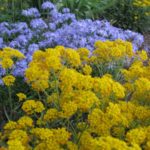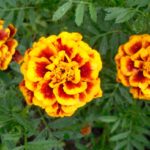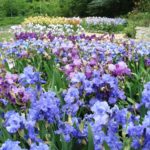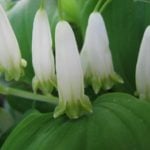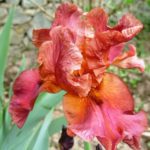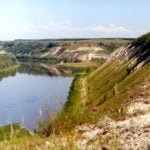In the spring, as soon as the snow disappears and the shoots of early flowers appear from the ground, some irresistible force begins to pull from the house to the expanses of the chalk hills, where the tight round buds of adonis appear among the rotten grass, slowly awakening from the winter rest of lizards and butterflies. Chalk Hills-a wonderful world where nature is still preserved in its original, pure form. There is a lot of sun and sky, the wind is piercing through, the chalk is blinding to the eyes, like snow on a clear winter day, and crumbles under an untrained foot, the slopes are steep and pitted with holes in which it is so easy to stumble. This world is harsh and beautiful, it is quiet and calm, and, most importantly, there are no people around who are constantly trying to impose their will on nature.
Plants of the chalk hills
The vegetation cover of the chalk hills is simple and inconspicuous at first glance. Plants have adapted for thousands of years to their harsh conditions: bright sun, strong winds, poor or even absent soil, in which almost no moisture is retained. All this affected the appearance of representatives of the Cretaceous flora.
Many of them are pressed to the ground; the roots are either superficial (they collect morning dew), or powerful, woody, going to a great depth; the leaves are hard, shiny or gray, pubescent, usually small or generally needle-like (everything is aimed at reducing evaporation); the flowers are dominated by white, yellow, purple color, sometimes blue and pale pink, the flowers are mostly small (about a centimeter or less). And only an attentive observer will discover the subtle, exquisite beauty of these plants. Many of them have a beautiful shape of a bush or cushion, small but spectacular rosettes, attractive glossy or silvery, as if inlaid, foliage. Small flowers are collected either in huge or in very bright inflorescences.
Many steppe plants grew on the chalk hills: Adonis, Paeonia tenuifolia, Pulsatilla patens, Clematis, Inula, Iris. Their large flowers add a bright touch to the modest charm of the hilly vegetation. Different bulbs live on the chalk: Bulbocodium versicolor, Hyacinthella, Ornithogalum, Tulip. Even some shade plants have adapted to the bright sun: on the northern slopes you can find Polygonatum and a variety of Gentiana pneumonanthe, and after the reduction of chalk oaks, Pteridium aquilinum var remained and grew. latiusculum. From early spring to late autumn, something blooms on the hills, but they are most colorful in June.
Many plants of the Cretaceous period form interesting natural forms, changing their specific color. So, for many years we have been growing varieties of Verbascum phoenicum from English seeds, and how great was our surprise when on the chalk, in addition to plants with the usual purple color, we met with pure white and pink. In some places, Polýgala sibírica is found with white, lilac, purple flowers (usually purple-pink flowers). There is also a change in color under the influence of the bright sun. On the hills there is a small violet with small wedge-shaped leaves and dark purple flowers, but there may also be specimens with white, pale pink, lilac color. Having met such an interesting violet, we, of course, brought several plants to our garden, but the following spring they all revealed exactly the same purple flowers.
The lost world of the hills
The chalk hills, due to the poverty of the soil and the lack of strong grass cover, were fortunately excluded from agricultural activities. But here is a mindless attitude to nature, which is a constant threat to the ecosystem. Every spring, last year’s grass is burned on the hills. Rare plants die in the fire, black spots cover the white slopes. The vegetation cover in the burned field is restored in about a year: dormant buds come to life on the powerful roots, seeds hidden in the ground germinate, but some die irrevocably. It is a pity and very nimble lizards, and important fat marmots, suffocated in their burrows.
How many times during our trips have we seen the tractor scurrying up and down the slope, plowing the thin earth, and around the abandoned fields overgrown with grass. Locals graze their cattle on the hills, having no idea about the relict plants preserved there. We constantly forget how easy it is to disrupt the delicate balance of nature, to destroy what has been created for millions of years…
The desire to have beautiful wild plants in our garden and the passion for experimenting with them make us bring them to our garden, pulling them out of their usual habitat. We doom flowers to a long and difficult period of survival, because it is difficult, if not impossible, to recreate in the garden the usual conditions for them. Often they die from our carelessness and ignorance. Of course, the best way is to grow wild plants from seeds collected in nature, but this is not always possible. On the other hand, “domestication” of wild plants is often the only way to save and preserve them.
I want to tell you a little bit about growing some Cretaceous plants in my garden.
Daphne julia
Julia Daphne, or Daphne cneorum, is a family of Thymeliaceae. This is probably one of the most famous and rare plants of the Chalk slopes. For example, in Russia, it is found only in the Kursk region.
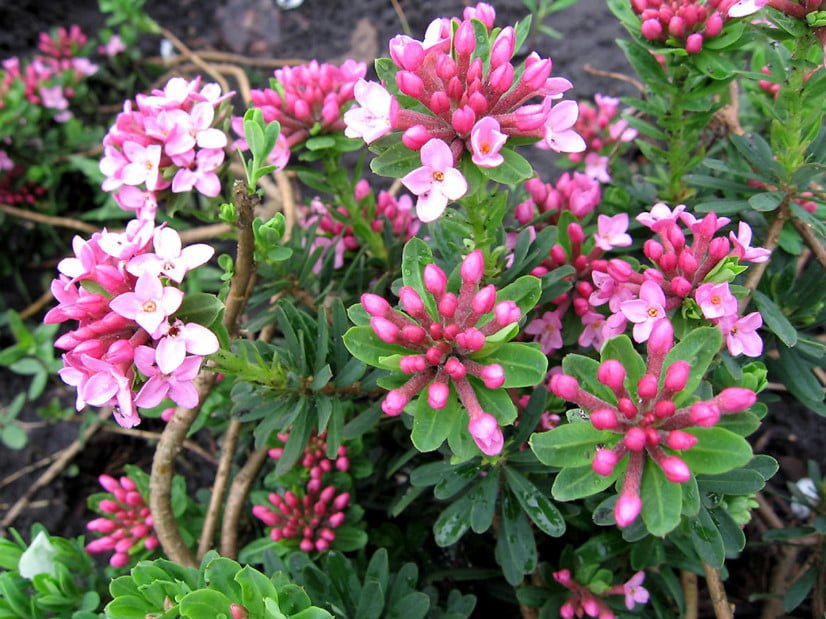
Daphne is an evergreen shrub with a taproot extending from the ground to a meter (1.1 yard) or more. At a maximum height of 40 cm (15.7 inches), the bushes can reach a diameter of one meter (1.1 yard). The branches of the daphne are densely covered with small dark green stiff leaves. In April, round buds appear on the tops of the stems, from which young light green leaves grow. In early May, small crimson buds are formed, and the entire bush is covered with numerous bright pink flowers with a lilac hue, emitting a strong pleasant, but, in my opinion, heavy aroma. However, there are plants with flowers and other shades. The bright orange fruits ripen in late summer. In August, repeated flowering often occurs.
Daphne prefers to grow at the foot of the hills, where the soil layer is developed, and the chalk lies deep. It’s not easy to tame. When digging, the roots are easily damaged, they completely crumble the loose soil, which makes it much more difficult to grow in a new place. In nature, daphne grows in the sun, but surrounded by plants that protect it from strong winds and hot sun, and therefore it takes root better in partial shade. In such a place, it grows well and blooms for 2-3 years, and then gradually fades. Therefore, it should be planted in the sun among low herbaceous perennials, shading during rooting.
When planting, it is better to place the roots of daphne horizontally, and sprinkle the branches with earth to the level of the lower leaves, since it does not like overstated plantings. You can add a little chalk to the soil. Watering should be moderate and accurate. In general, the less attention you pay to Daphne, the better she feels. Often accidentally broken off and covered with earth twig, takes root better than specially planted in a hole and cherished, dies in 50-70% of cases for no apparent reason.
The most common method of reproduction is cuttings. After flowering, young shoots begin to develop from the axils around the inflorescence, and it should be used on cuttings. The best time is the end of May-the beginning of June. Cuttings are placed in a shaded, moist greenhouse (you can also root under a jar), in a mixture of crumbly leaf compost and neutralized peat, a small layer of clean sand can be poured on the ground, which contributes to faster root formation. August wood cuttings of apical shoots are also practiced. The survival rate of cuttings is 50-80%. Young plants are planted next spring, they are very small and grow slowly. Another method of reproduction is layering. The percentage of rooting is small, but the plant is larger and stronger. In nature, daphne propagates by seeds, but rarely bears fruit in the garden.
I will tell you about the other flowers in my garden in the second part of this article.
